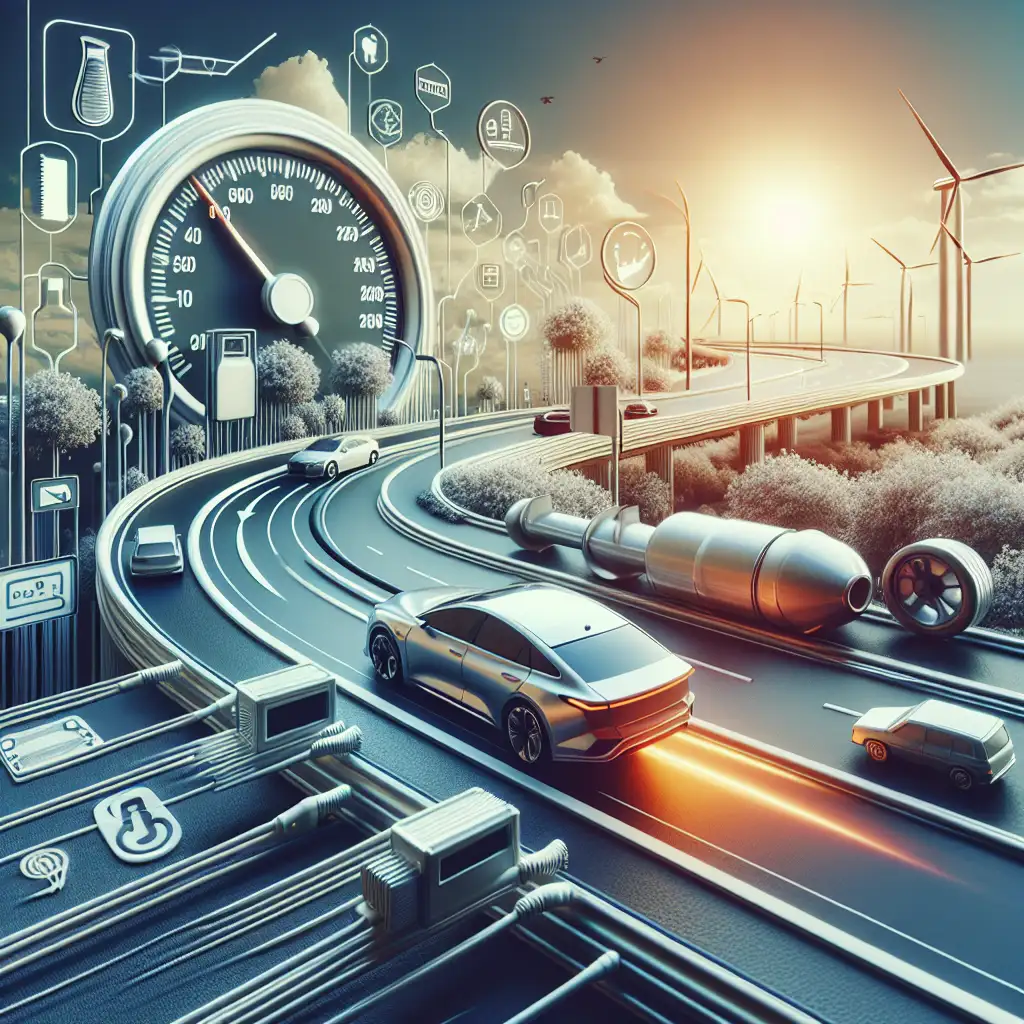Maximizing Fuel Efficiency on Highways: Tips for Better Fuel Economy
Learn how to save on fuel costs with these practical highway driving tips.

Driving on highways can be a great way to cover long distances quickly, but it can also lead to high fuel consumption if you're not careful. With fuel prices often fluctuating, finding ways to maximize your car's fuel efficiency is not only good for your wallet but also for the environment. In this article, we'll explore some practical tips to help you improve your fuel economy during highway driving.
Understanding Fuel Efficiency
Before diving into the tips, let's clarify what fuel efficiency means. Fuel efficiency refers to how effectively a vehicle uses fuel to travel a certain distance. It's often measured in miles per gallon (MPG) in the United States or liters per 100 kilometers (L/100 km) in many other countries. A higher MPG or a lower L/100 km indicates better fuel efficiency.
Several factors influence fuel efficiency, including driving habits, vehicle maintenance, and external conditions like weather and road type. On highways, maintaining a steady speed and minimizing unnecessary stops can significantly enhance your car's fuel economy.
Practical Tips for Highway Fuel Efficiency
Here are some specific strategies to help you get the most out of your fuel while driving on highways:
1. Maintain a Steady Speed
One of the most effective ways to improve fuel efficiency is to maintain a consistent speed. Using cruise control on flat highways can help you avoid unnecessary acceleration and deceleration, which can waste fuel. According to the U.S. Department of Energy, aggressive driving can lower your gas mileage by 15-30% at highway speeds.
2. Keep Your Tires Properly Inflated
Under-inflated tires can increase rolling resistance, making your engine work harder and consume more fuel. Check your tire pressure regularly and ensure it matches the manufacturer's recommended levels. Properly inflated tires can improve your fuel efficiency by up to 3%.
3. Reduce Excess Weight
Carrying unnecessary weight in your vehicle can decrease fuel efficiency. For every 100 pounds (about 45 kg) of extra weight, your fuel economy can drop by about 1%. Remove any heavy items you don't need for your trip to help your car run more efficiently.
4. Use Air Conditioning Wisely
While air conditioning can make your drive more comfortable, it can also increase fuel consumption. At highway speeds, it's generally more efficient to use the air conditioning than to open the windows, which can create aerodynamic drag. However, use it sparingly to save fuel.
5. Plan Your Route
Planning your route in advance can help you avoid traffic congestion and roadwork, which can lead to stop-and-go driving and increased fuel consumption. Use GPS or traffic apps to find the most efficient route to your destination.
Comparisons and FAQs
Let's address some common questions and comparisons related to highway fuel efficiency:
How does highway driving compare to city driving in terms of fuel efficiency?
Highway driving is generally more fuel-efficient than city driving because it involves fewer stops and starts. Vehicles tend to achieve better MPG on highways due to the steady speeds.
Does driving at higher speeds improve fuel efficiency?
While it might seem like driving faster would get you to your destination quicker and save fuel, speeds above 50 mph (80 km/h) can actually decrease fuel efficiency. The aerodynamic drag increases significantly at higher speeds, causing your engine to work harder.
Conclusion
Maximizing fuel efficiency on highways is all about smart driving habits and regular vehicle maintenance. By maintaining a steady speed, keeping your tires properly inflated, reducing excess weight, using air conditioning wisely, and planning your route, you can significantly improve your car's fuel economy. Think about what changes you can make to your driving habits to save on fuel costs. Do you need to adjust your speed or check your tire pressure more often?
 CarChooser
CarChooser